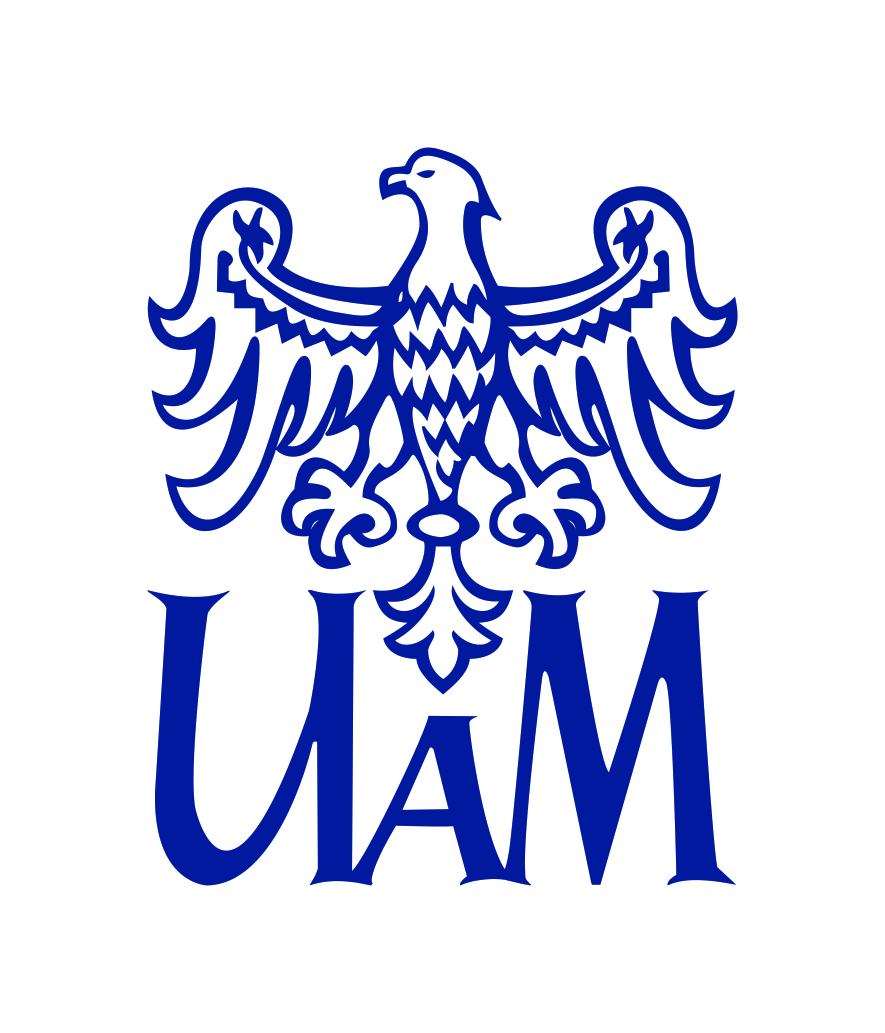
Research project in the OPUS program of the National Science Centre on „Mechanizmy rozpoznawania RNA przez białko ProQ oraz rola tego białka w oddziaływaniach pomiędzy niekodującymi RNA a regulowanymi mRNA u bakterii Escherichia coli” (No. 2018/31/B/NZ1/02612)
Bacterial small regulatory RNAs (sRNAs) participate in the regulation of gene expression through interactions with complementary sequences in messenger RNA (mRNA) molecules. This leads to changes in mRNA stability or in the availability of mRNA to the ribosome, and thus to changes in the synthesis of proteins encoded by regulated mRNAs. Regulatory RNAs are often assisted by RNA-binding proteins that protect them from degradation or facilitate their binding to regulated mRNAs [1,2]. A well-studied example is the chaperone protein Hfq. Recently, it was discovered that in bacteria which have Hfq there are also proteins from the FinO-domain family, which also interact with numerous RNA molecules. Proteins from the FinO family include the ProQ protein, which is found in Escherichia coli, Salmonella enterica, and other bacteria important for human health. Previous studies have shown that ProQ and Hfq bind mostly different RNA molecules in E. coli and S. enterica cells. The main goal of this project was to explain how the ProQ protein from E. coli recognizes RNAs, and to better understand how the functions of ProQ differ from those of Hfq.
To explain how ProQ recognizes RNA molecules, we examined their interactions from two sides: from the RNA side and from the ProQ side. The first set of studies allowed us to establish that the FinO domain of ProQ recognizes Rho-independent transcription terminators located at the 3′ ends of RNA molecules, and to determine the characteristics of the double-stranded and single-stranded structure elements of these terminators that are required for optimal ProQ binding. Furthermore, we discovered that the RNA molecules bound by ProQ contain sequence motifs whose role is to prevent the binding of the Hfq protein. We proposed that ProQ and Hfq compete for RNA binding, and that both the elements positively affecting ProQ binding and the elements negatively affecting Hfq binding are important for proper RNA recognition by ProQ [3]. In the second set of studies, we introduced mutations in the FinO domain of the ProQ protein and examined how much they impaired RNA binding. This allowed us to identify the amino acids that are most important for RNA binding, indicating that they are part of the RNA binding site in ProQ [4]. Moreover, we compared how ProQ recognizes sRNA molecules and the mRNAs that they control, which allowed us to better understand the involvement of ProQ in the interactions between RNA molecules.
Our studies showed how E. coli ProQ uses amino acid residues on its surface to bind RNA and what sequence and structure elements of these RNAs are recognized by this protein, which is important for understanding the functional diversity of proteins with the FinO domain. Moreover, the discovery of RNA sequence motifs serving as negative determinants of Hfq binding, and the observation of different involvement of ProQ than Hfq in the interactions between RNA molecules, help to better explain the competition between these proteins for RNA binding and to elucidate their complementary biological functions.
These studies were carried out in collaboration with prof. Gisela Storz from the National Institutes of Health (Bethesda, USA) and prof. Katherine Berry from Mount Holyoke College (South Hadley, USA).
References
- Olejniczak M, Storz G. ProQ/FinO-domain proteins: another ubiquitous family of RNA matchmakers? Mol Microbiol. (2017) 104(6):905-915 Pubmed
- Olejniczak M, Jiang X, Basczok MM, Storz G. KH domain proteins: Another family of bacterial RNA matchmakers? Mol Microbiol. (2022) 117(1):10-19 Pubmed
- Stein EM, Kwiatkowska J, Basczok MM, Gravel CM, Berry KE, Olejniczak M. Determinants of RNA recognition by the FinO domain of the Escherichia coli ProQ protein. Nucleic Acids Res. (2020) 48(13):7502-7519 Pubmed
- Stein EM, Wang S, Dailey KG, Gravel CM, Wang S, Olejniczak M, Berry KE. Biochemical and genetic dissection of the RNA-binding surface of the FinO domain of Escherichia coli ProQ. RNA. (2023) 29(11):1772-1791 Pubmed
